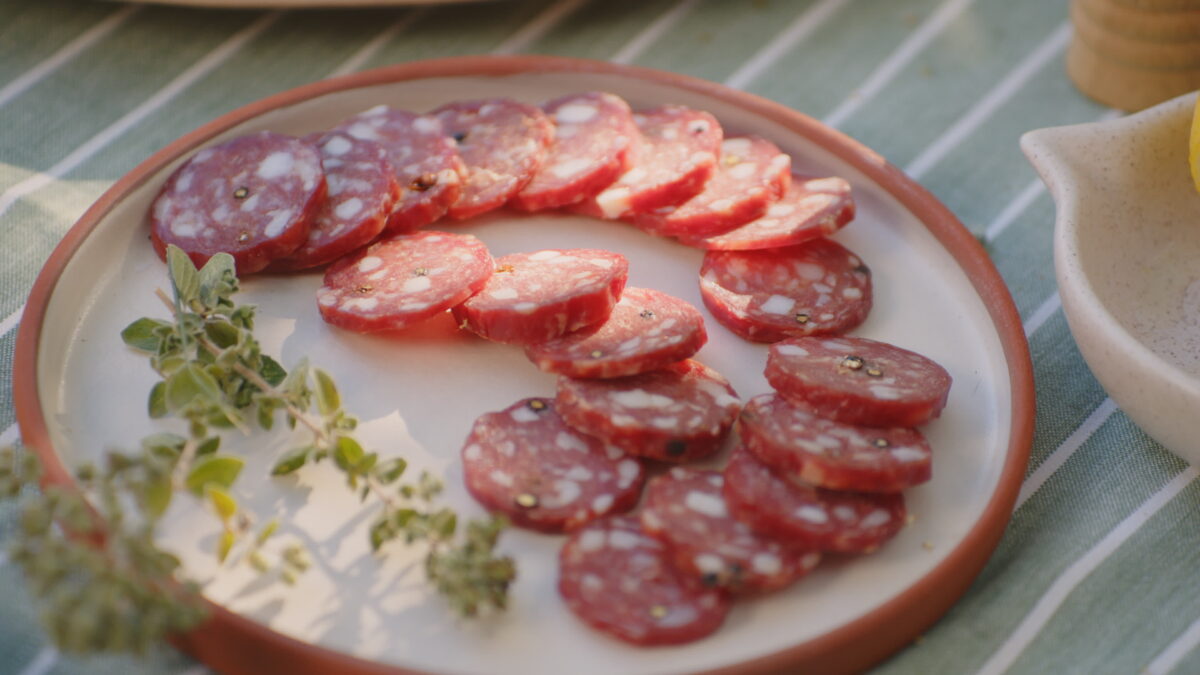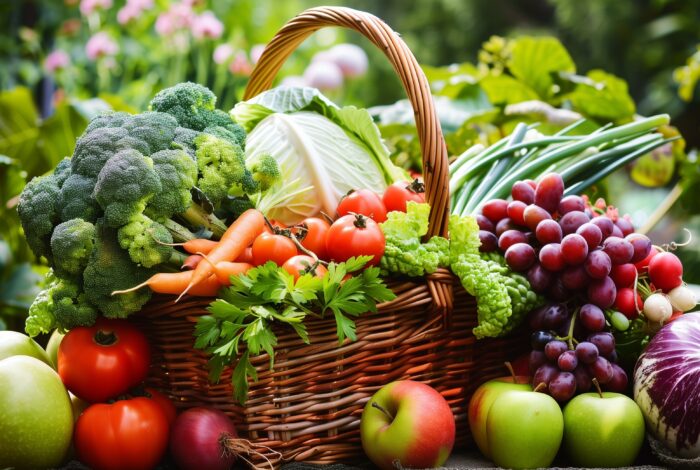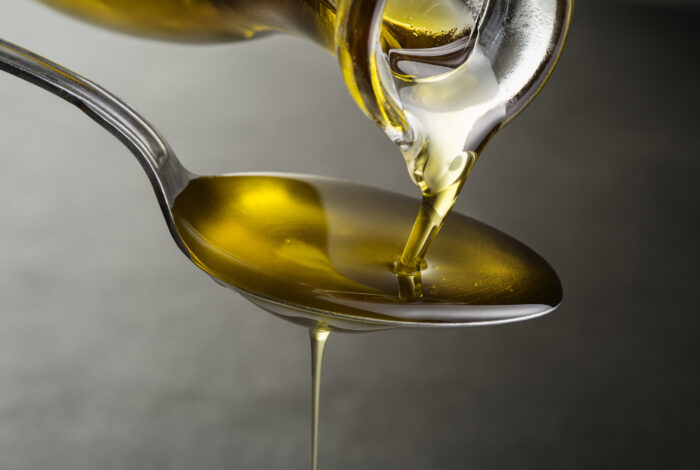The history of cured meats dates back to antiquity, with references even in Homer’s works; cured meats came into being as a result of the need to preserve meat for extended periods. They have long been popular among Greeks, who, being quite resourceful, came up with ways not just to preserve the meat they usually got from their own animals, but also to enhance its flavour.
Thus, we find cured meats and meat products of excellent quality and flavour in many regions of the country: From Mani with its renowned syglino to Corfu with its smoked salado, but also from the Cyclades with the famous louza on Tinos and Mykonos and, of course, kavourmas made from mutton on Limnos.
Naturally, we can also find kavourmas in Northern Greece, where it is made from meat that has been slowly cooked with spices, such as nutmeg, cinnamon and cloves. What makes it special is that it can easily be prepared at home as well, while it is equally delicious raw or cooked, especially in a frying pan, and it pairs very well with potatoes, rice and even orzo risotto.
Travelling farther south, specifically to the Cyclades, we cannot fail to mention the louza of Tinos, which is also produced and consumed on nearby islands, such as Mykonos, Syros and Andros. Louza is traditionally prepared a month before Christmas, from two pieces of lean meat, removed from the right and left sides of the pig’s backbone (pork loin). It can be preserved for up to a year in the fridge and is even more delicious when eaten in thin slices with cheese and cherry tomatoes, or added in slightly thicker pieces to an omelette.
Evritania can be proud of its prosciutto, a delicacy of the region. It is prepared from specially selected Greek pork hams, processed in the traditional Parma way, but according to the traditions of Evritania. It is best enjoyed cut into fairly thin strips, and after having been left at room temperature for about 15 minutes. It is the perfect addition to a cheese and dried fruit platter.
To the south, on the island of Crete – with its great tradition in livestock farming and world-famous cuisine – we find apaki. It is made with local pork and is an ideal meze to serve with the raki produced on Crete, the largest Greek island.
In Mani, the local brine-cured meat is syglino, and its preparation involves smoking the meat for several hours and marinating it in olive oil, orange peel and aromatic herbs.
In Thessaly, sausages are in the spotlight, with those from Trikala being quite popular. They are made from pork, have a strong leek flavour and are an excellent meze.
In Kozani, sausages are made with equal portions of pork and beef, with hot crushed red pepper flakes, sweet paprika, dry and spring onions, garlic, cumin and wine. In Naoussa, on the other hand, the vlachiko sausage is made with thinly cut goat meat, oregano and chopped leek. On Andros, the sausages are smoked and contain savory, fennel seed, allspice, anise, red wine, hot red pepper and sometimes orange peel. On Mykonos, they are sun-dried with plenty of sea salt, savory, oregano, allspice, and have a characteristic stubby shape.
Greek handmade sausages are a great example of the thrifty cuisine of the past, when nothing was wasted and every part of the animal was used, from head to tail.










